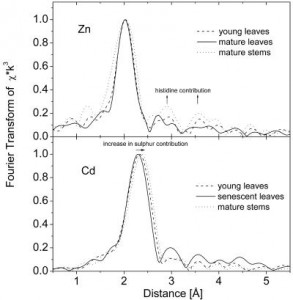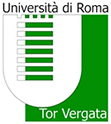 18th September 2007 – 16:00
18th September 2007 – 16:00
Speaker:
Dr. W. Meyer-Klaucke (EMBL – Hamburg)
Location:
U.M. Grassano, Campus
Abstract:
The synergism of structural techniques in live sciences plays an increasingly important role these days. in x-ray absorption spectroscopy mainly collaborations with NMR or protein crystallography have let to a better understanding of the systems under study. Based on a series of projects the synergism of these methods will be highlighted and the future options discussed.
One example is FurB from /Mycobacterium tuberculosis/. Iron, zinc and other transition metals are essential elements for almost all living organisms as they play important roles in a wide range of cellular processes. They act either as structural components or as obligate co-factors in various functions ranging from respiration to DNA replication. A balanced efflux/influx of these metal ions has to be achieved in order to satisfy the requirements of the cell and to avoid toxicity. Organisms have therefore developed highly sophisticated systems to reach homeostasis based on storage, export, and uptake of metals. Members of the ferric/zinc uptake regulator (Fur/Zur) family are the central metal-dependent regulator proteins in many gram-negative and positive bacteria. They are responsible for the control of a wide variety of basic physiological processes and the expression of important virulence factors in human pathogens. Therefore Fur has gathered significant interest as a potential target for novel antibiotics.
The initial EXAFS experiments in which the protein sample was first dialyzed against an Fe(II) containing solution and afterwards dialyzed against metal-free buffer did not show any significant Fe-fluorescence.These results further supported the microPIXE and gel shift experiments which both indicated no iron binding. The EDTA treated sample was used to record the Zn-EXAFS to determine the chemical environment of the strongly bound Zinc cation. In order to investigate the nature of the exchangeable metal site(s) a protein sample was incubated with Co^2+ . The divalent cobalt ion can occupy the site(s) normally reserved for the Zn^2+ ion.By projecting the local environments for the strongly bound Zn-ion and the exchangeable metal on the crystal structure of FurB, which was determined by multiwavelength anomalous diffraction (MAD) at the Zn-edge, the different role of the metal binding sites were determined.
Related Information:
EMBL


